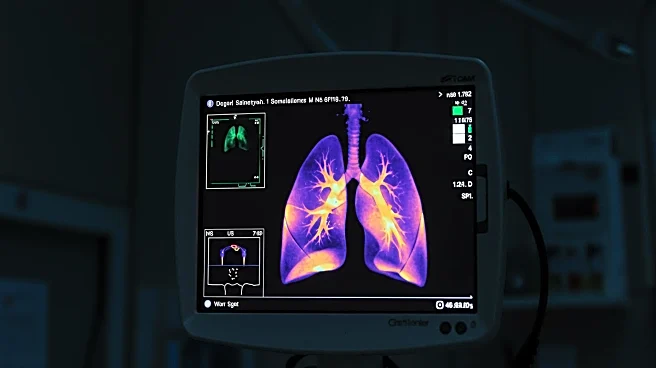Rapid Read • 6 min read
A new study has explored the use of scanning acoustic microscopy (SAM) to monitor enzymatic digestion of tissue components, offering insights into tissue fragility and component preservation. SAM utilizes high-frequency ultrasound to measure sound attenuation, providing detailed images of tissue structure and composition. Researchers have applied this technique to various tissues, using specific enzymes to selectively digest components such as proteins, glycans, and nucleic acids. The study demonstrates how SAM can track changes in tissue over time, allowing for precise analysis of enzymatic activity and its effects on tissue integrity. This method also employs enzyme inhibitors to preserve specific tissue components, enhancing the accuracy of histological analysis.
AD
The application of SAM in enzymatic digestion represents a significant advancement in histological analysis and medical imaging. By providing a non-invasive method to monitor tissue changes, SAM can improve diagnostic accuracy and aid in the development of therapeutic strategies. This technique is particularly valuable in studying diseases that affect tissue structure, such as cancer and cardiovascular conditions. The ability to preserve specific tissue components while analyzing others offers a more comprehensive understanding of tissue pathology, potentially leading to better-targeted treatments. Furthermore, SAM's high-resolution imaging capabilities can enhance research in tissue engineering and regenerative medicine.
AD
More Stories You Might Enjoy










